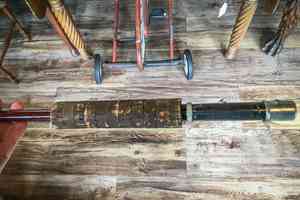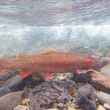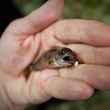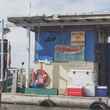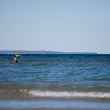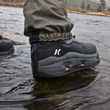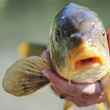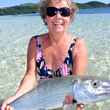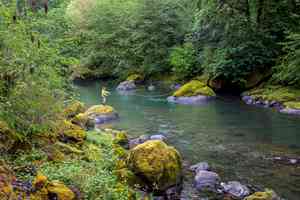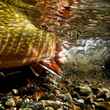According to a report issued last week by the station of Washington State Recreation and Conservation Office, populations of wild salmon in the state's rivers are improving, albeit not across the board. The report indicates that the state of wild salmon stocks differ by water body and region, but are generally improving or remaining static. Despite the general trend, some locations and populations are on the decline, though the bulletin refers to these negative changes as "slightly declining".
The report identifies the Hood Canal's summer chum salmon and Snake River's fall chinook salmon as the areas/populations where increases have been greatest. Also included in the list of highlights are the Middle and Upper Columbia River's steelhead populations. The graphic above details positive and negative changes through the regions evaluated by the Washington Department of Fish and Wildlife and regional salmon recovery organizations throughout the state.
